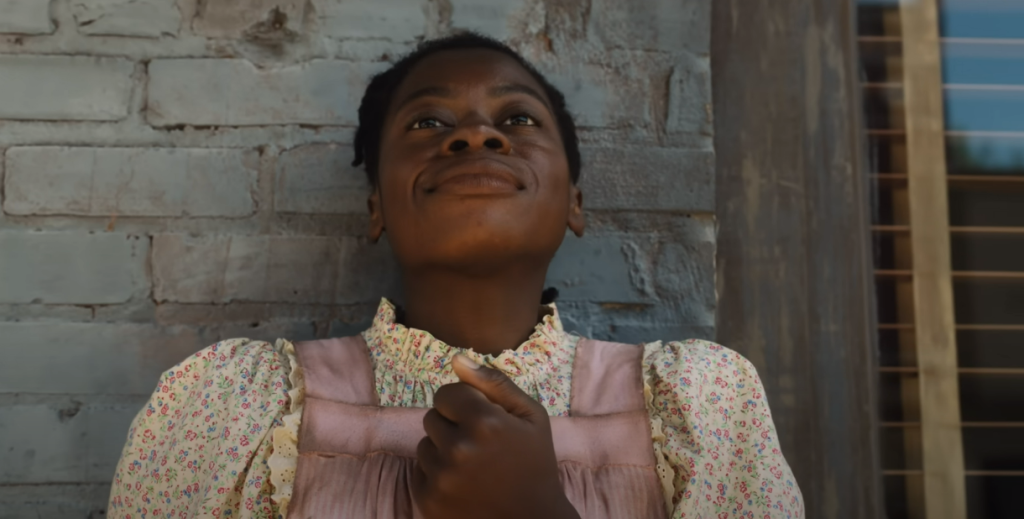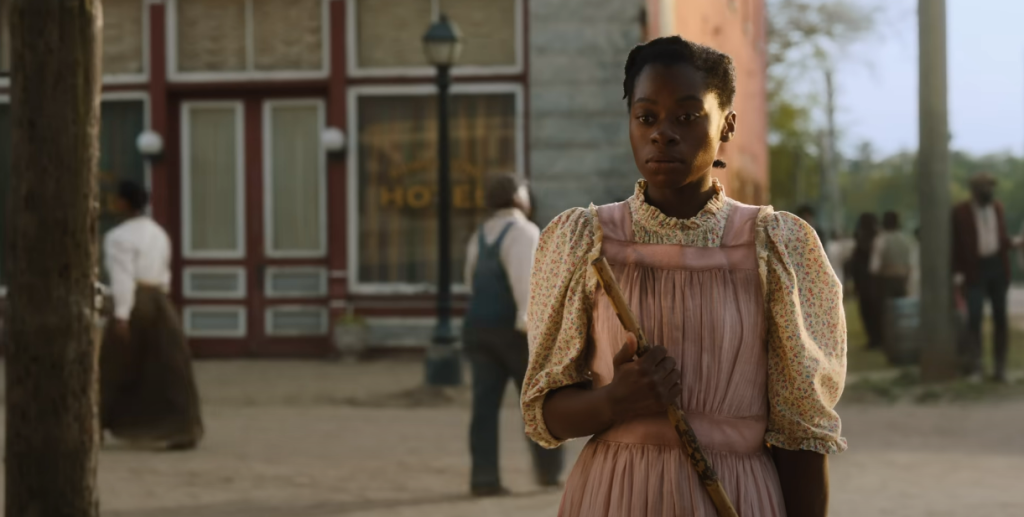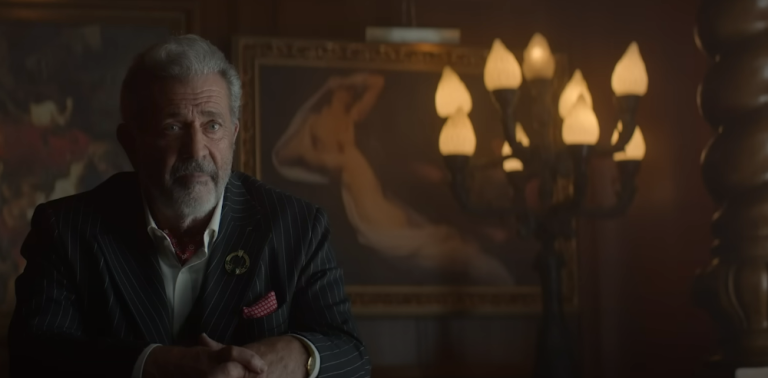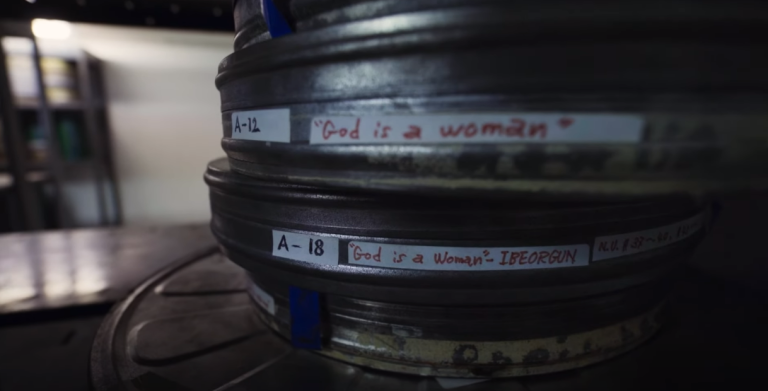

“The Color Purple,” a cinematic masterpiece overseen by Oprah Winfrey, has surpassed all expectations, leaving an indelible mark on the history of film. Drawing from Alice Walker’s poignant novel, the film delves deep into the lives of three Black women grappling with the harsh realities of bigotry, bias, and abuse in the early 20th century. Through a melodic and dramatic lens, the narrative unfolds, weaving a tapestry of resilience and redemption.
At the forefront of this tale is Celie, portrayed with remarkable depth by Fantasia Barrino, who endures unspeakable horrors, including the trauma of familial abuse. Her journey is one of unyielding strength and fortitude, a testament to the human spirit’s capacity to withstand even the most dire circumstances.

The introduction of Shrug Avery, played by the mesmerizing Taraji P. Henson, provides a glimmer of light amidst the darkness, offering Celie solace from the cruelty of her husband, Mister, portrayed with chilling authenticity by Colman Domingo. However, it is the portrayal of Sofia by Danielle Brooks that truly resonates, showcasing the devastating impact of societal norms on non-submissive women.
The ensemble cast delivers performances of unparalleled authenticity, capturing the essence of their characters with a raw intensity that grips the audience from start to finish. While the choreography may falter at times, the film’s lush cinematography, guided by Dan Laustsen, elevates the visual landscape, adding depth and emotion to each scene.

Notably, it is the portrayal of male antagonists, embodied by Coleman Domingo and Deon Cole, that adds a layer of complexity to the narrative, highlighting the pervasive nature of abuse and oppression faced by the film’s female protagonists. In a poignant moment featuring Louis Gossett Jr. as Mister’s father, the audience is confronted with the insidious nature of patriarchal oppression, underscoring Celie’s defiance in the face of systemic misogyny.
Ultimately, “The Color Purple” is a triumphant celebration of resilience and empowerment, showcasing the unwavering strength of three remarkable women who refuse to be broken by the cruelty and injustice they endure. Through their journey, the film offers a stirring portrayal of hope, healing, and the enduring power of the human spirit, leaving a lasting impact on audiences for generations to come.

| Aspect | Description |
|---|---|
| Production Team | Spearheaded by Oprah Winfrey, the production team delivers a cinematic masterpiece, exceeding expectations and making history. |
| Plot Summary | Adapted from Alice Walker’s novel, the film portrays the struggles of three Black women facing bigotry, biases, and abuse in the early 20th century. |
| Lead Performances | Fantasia Barrino shines as Celie, enduring unimaginable hardships, while Taraji P. Henson and Danielle Brooks deliver captivating performances as Shrug Avery and Sofia. |
| Male Antagonists | Coleman Domingo and Deon Cole excel in their roles as unrepentant antagonists, adding complexity to the narrative. |
| Cinematography | Dan Laustsen’s lush and luminous cinematography enhances the film’s visual landscape, intensifying its emotional impact. |
| Music and Choreography | While the music pieces are compelling, the choreography falls short of consistently inspiring. |
| Themes | The film explores themes of resilience, empowerment, and the enduring power of the human spirit amidst adversity. |
| Impact | A cinematic triumph that resonates with audiences, leaving a lasting impression for years to come. |






